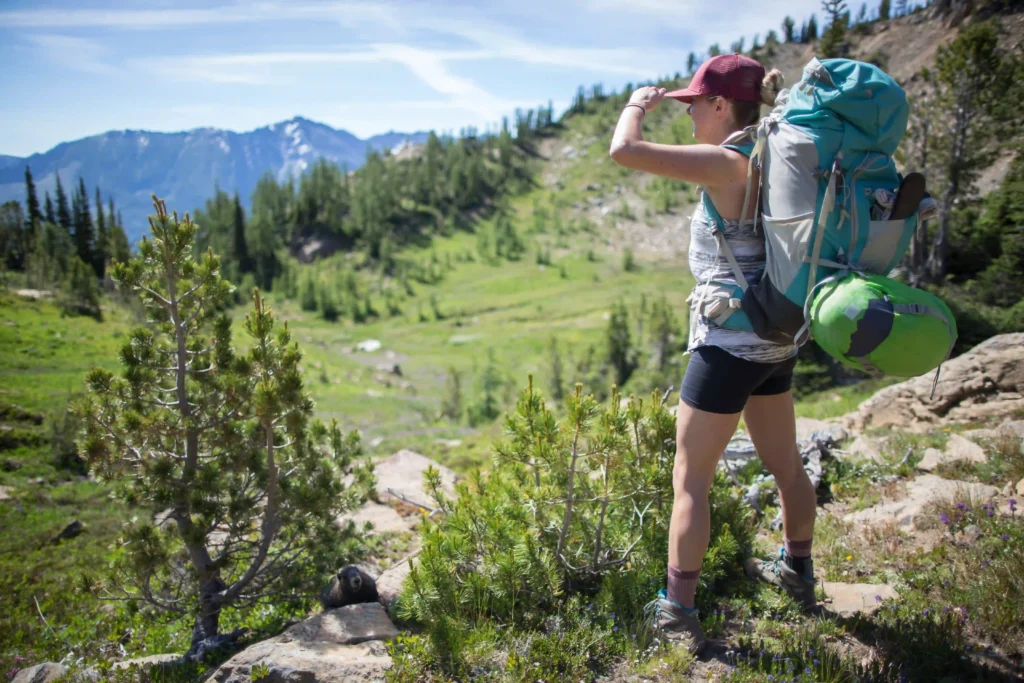The Pacific Crest Trail (PCT) is a legendary long-distance hiking trail that stretches approximately 2,650 miles (4,265 kilometers) from Mexico to Canada. It passes through California, Oregon, and Washington, traversing diverse landscapes such as deserts, mountains, and forests.
Table of Contents
Discovering the Pacific Crest Trail Hiking
Imagine a path that stretches from the sun-drenched deserts of Southern California, through the snow-capped peaks of Oregon, all the way to the lush forests of Washington. A true testament to the majesty of the American wilderness.
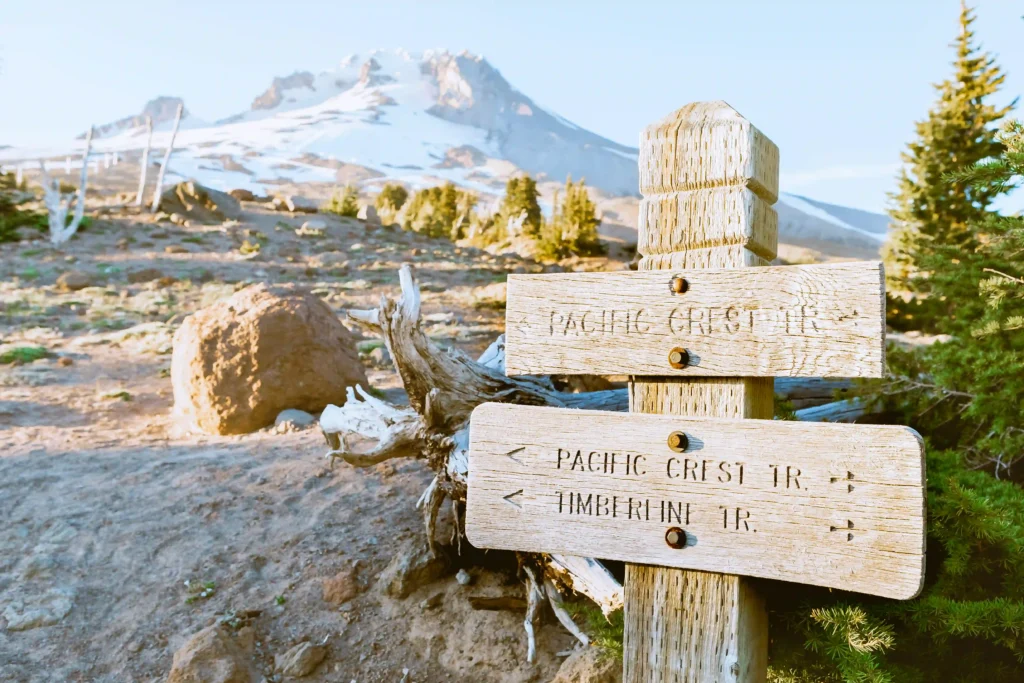
Key Features:
- Length: 2,650 miles (4,265 kilometers)
- States: California, Oregon, and Washington
- Landscape: Diverse, including deserts, mountains, and forests
- Difficulty: Strenuous, requires extensive planning and preparation
A Trail Rich in History and Natural Beauty
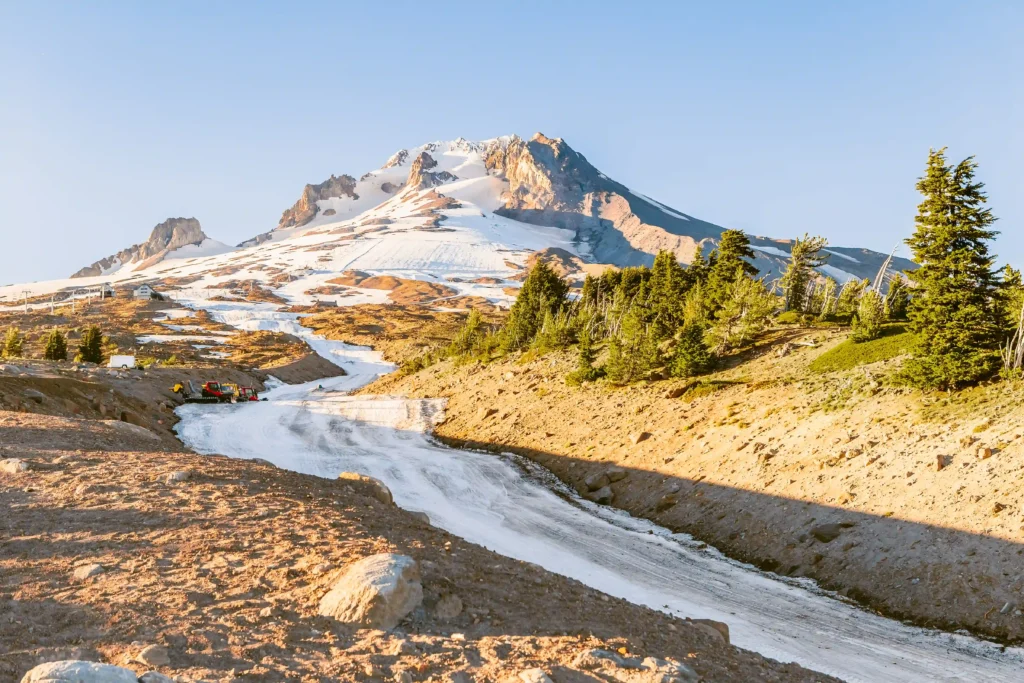
The Pacific Crest Trail, envisioned by Clinton C. Clarke in the 1930s and designated a National Scenic Trail in 1968, stretches from the Mexican to Canadian borders. It offers hikers stunning North American scenery and diverse terrains, providing an opportunity to connect with nature and experience its rich history and ecological diversity.
Hiking the Pacific Crest Trail
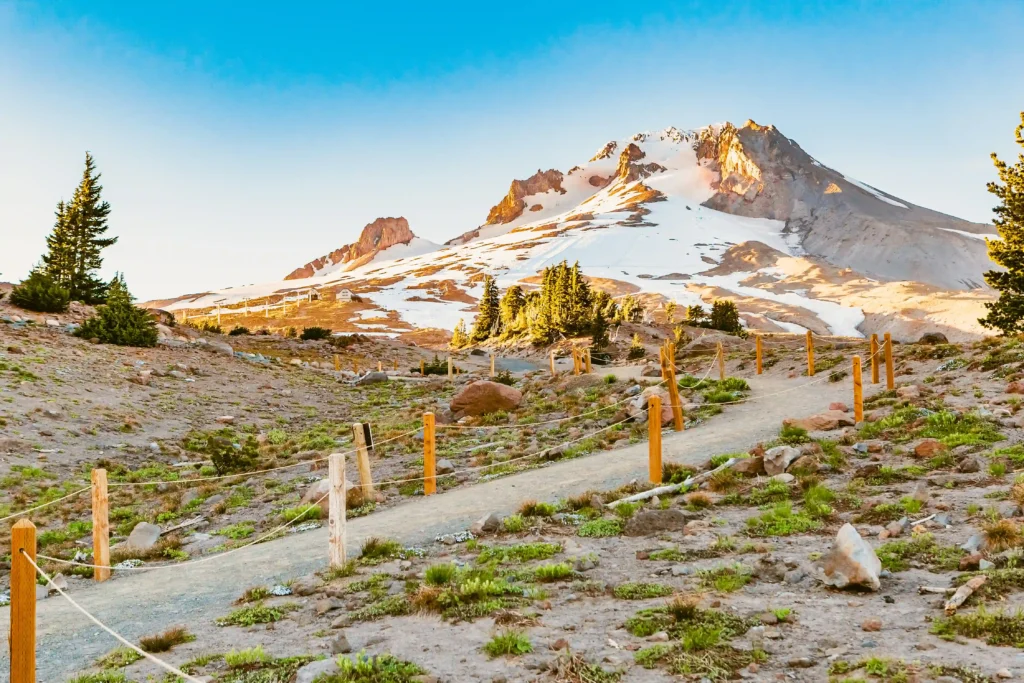
- Timing: The best time to hike the PCT is typically from late spring to early fall when the weather is mild and the snow has melted.
- Permits: A wilderness permit is required for sections of the trail.
- Resupply: There are resupply points along the trail where you can purchase food and supplies.
- Camping: The PCT passes through many designated wilderness areas, where you can camp for free.
Permit Process for the PCT
- Wilderness Permits: A wilderness permit is required for sections of the PCT. Permits are issued through a lottery system. More info
- Lottery System: The lottery for permits opens in early January and closes in late February. Results are announced in late March.
- Group Size: Permits are issued for groups of up to 10 people.
The Benefits of Hiking the Pacific Crest Trail

PCT Hiking provides numerous benefits: Physically, it strengthens muscles, builds endurance, and boosts cardiovascular health. Mentally, it offers freedom from stress and encourages introspection, building resilience and problem-solving skills. Emotionally, it fosters community and camaraderie among hikers, creating lasting bonds and instilling confidence and purpose.
Planning Your Pacific Crest Trail Hiking
Proper preparation for a successful Pacific Crest Trail hiking involves key steps:

Tips for Hiking the PCT
- Prepare Thoroughly: The PCT is a demanding trail, so it’s important to be physically and mentally prepared.
- Pack Light: Pack only the essentials to reduce your load.
- Resupply Strategically: Plan your resupply stops carefully to ensure you have enough food and supplies.
- Be Flexible: Be prepared to adjust your plans based on weather conditions, trail closures, or personal circumstances.
- Bear Canisters: Bear canisters are required in many areas of the PCT to store food and scented items.
- Water Sources: Water sources can be scarce in some areas, so be sure to carry enough water or treat water from natural sources.
- Weather: Be prepared for a variety of weather conditions, including rain, snow, and high temperatures.
- Wildlife: The PCT is home to a variety of wildlife, including bears, deer, and mountain lions. Be aware of your surroundings and take precautions to avoid encounters.
Section Hiking vs Thru-Hiking Choosing Your Path
Hiking the Pacific Crest Trail offers two options: section hiking and thru-hiking.
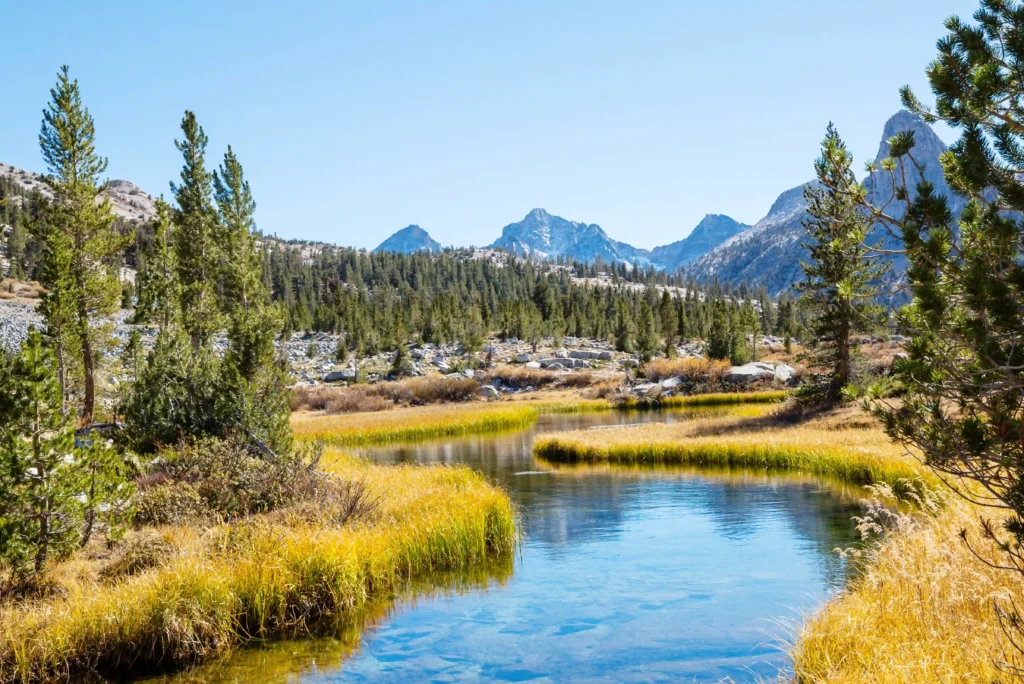
Section hiking allows for flexibility, accommodating work and family by tackling the trail in segments.
Thru-hiking involves completing the entire trail in one go, offering a unique sense of accomplishment but requiring significant time and preparation.
The choice depends on personal goals and lifestyle preferences, with both options providing a chance to connect with nature and challenge oneself.
Specific Sections of the PCT
The Pacific Crest Trail Hiking is divided into several sections, each with its unique characteristics and challenges. Here are some of the most popular sections:
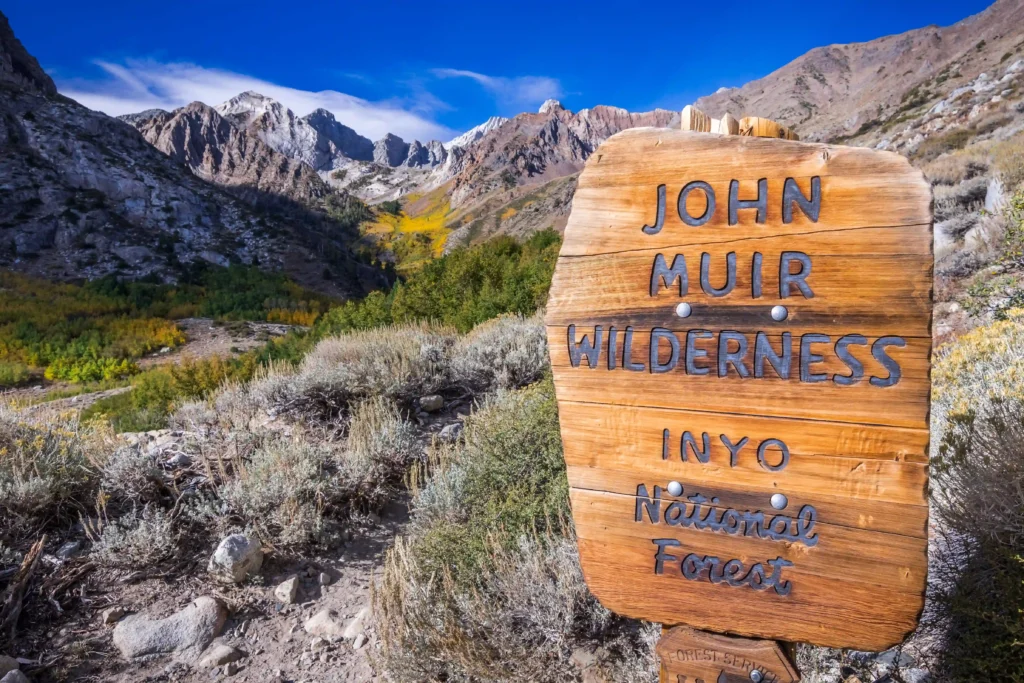
- John Muir Wilderness: This section of the trail is located in California and is known for its stunning scenery, including granite domes, alpine lakes, and meadows.
- Desolation Wilderness: Another popular section in California, Desolation Wilderness offers a more remote and challenging experience.
- Mount Rainier National Park: The PCT passes through Mount Rainier National Park, providing access to the iconic volcano and its surrounding wilderness.
- Cascade Mountains: The PCT traverses the Cascade Mountains, offering stunning views of snow-capped peaks, glaciers, and forests.
- Oregon Cascades: This section of the trail features lush forests, waterfalls, and volcanic landscapes.
Conclusion
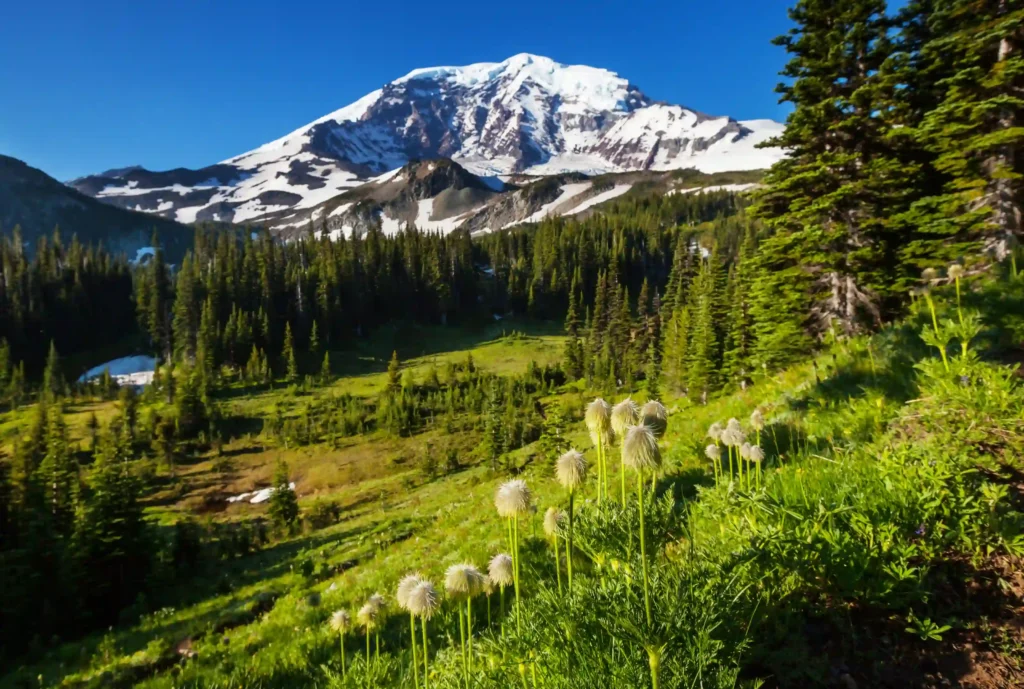
Whether you choose to embark on a section hike or a thru-hike, the Pacific Crest Trail Hiking promises an unforgettable journey through some of North America’s most breathtaking landscapes. This trail not only challenges your physical limits but also offers a deep connection with nature and fellow hikers. It’s a path of discovery, resilience, and adventure, where every step brings new experiences and growth. Embrace the challenge, respect the environment, and savor the journey that the PCT offers.
